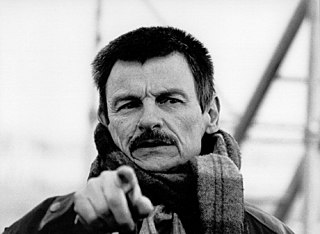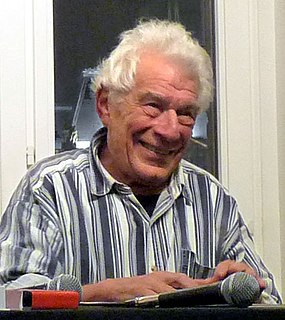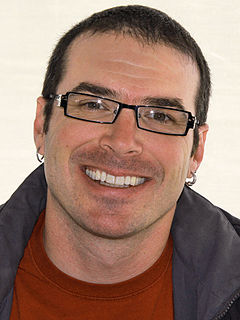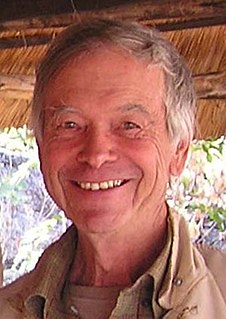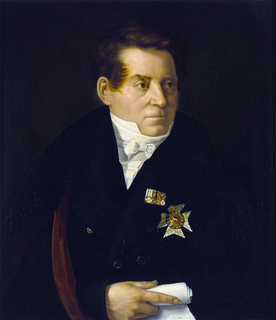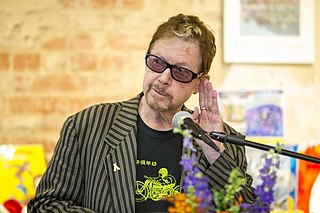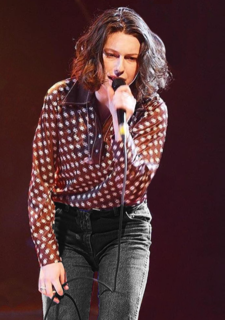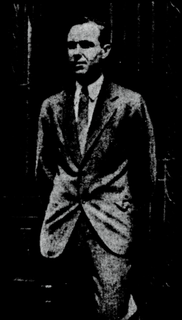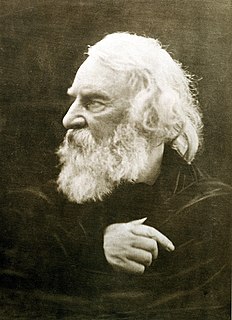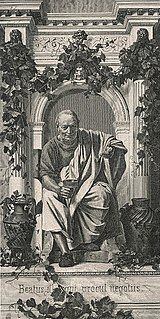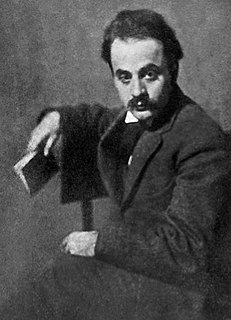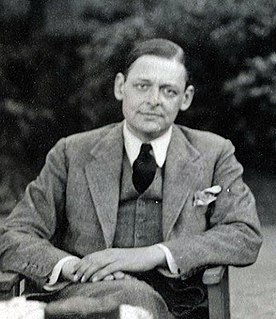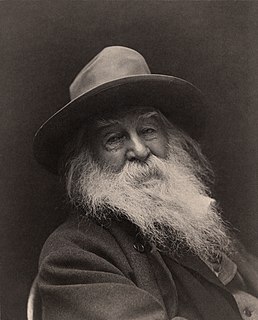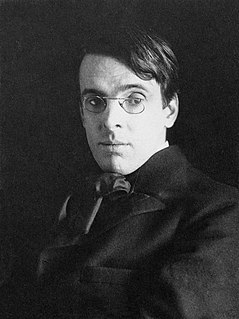A Quote by August Kleinzahler
The making of art is a profoundly social activity, even if it’s one-on-one with some sort of ideal reader who doesn’t exist.
Related Quotes
An artist never works under ideal conditions. If they existed, his work wouldn't exist, for the artist doesn't live in a vacuum. Some sort of pressure must exist. The artist exists because the world is not perfect. Art would be useless if the world were perfect, as man wouldn't look for harmony but would simply live in it.
Malevich, Lissitsky, Kandinsky, Tatlin, Pevsner, Rodchenko... all believed in the social role of art... Their works were like hinged doors, connecting activity with activity. Art with engineering; music with painting; poetry with design; fine art with propaganda; photographs with typography; diagrams with action; the studio with the street.
The problem with holistic management is it's so profoundly simple, but it's not easy. And it's profoundly simple. You're almost insulting people's intelligence to explain it twice, just about making better decisions of where you want to go in your life, bringing in environmental, social, economic issues simultaneously.
Serious reading is hardly a social activity and every halfway serious reader is perpetually subject to a form of coitus interruptus. Family members or friends who lack the desire, the courage, or the opportunity to burst in on you when there's some indication that you could be sexually entwined will seldom hesitate to interject themselves between you and a page, even though the act of reading is often as intimate and intense as a full-fledged carnal embrace.
If within the last century art conceived as an autonomous activity has come to be invested with an unprecedented stature - the nearest thing to a sacramental human activity acknowledged by secular society - it is because one of the tasks art has assumed is making forays into and taking up positions on the frontiers of consciousness (often very dangerous to the artist as a person) and reporting back what's there.
King Princess is like an attitude. I take comfort in it as kind of a shield to exist in, where I can make cohesive art. And it's androgynous, which is intentional. It's important to me that my art exist in a kind of neutral space, genderless to some degree. And give the listener some imagery to hold on to.



